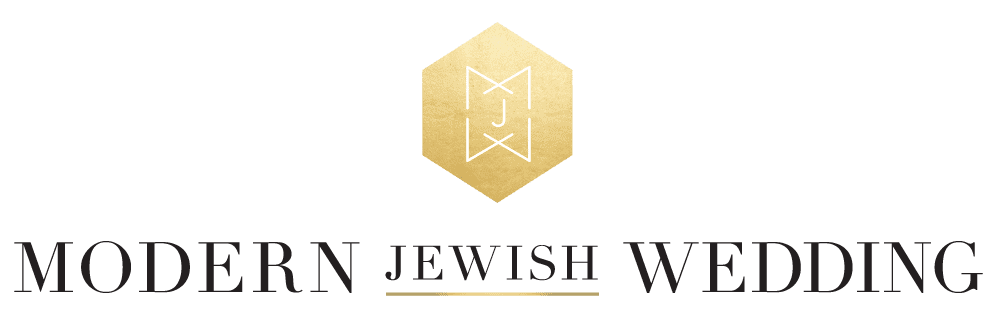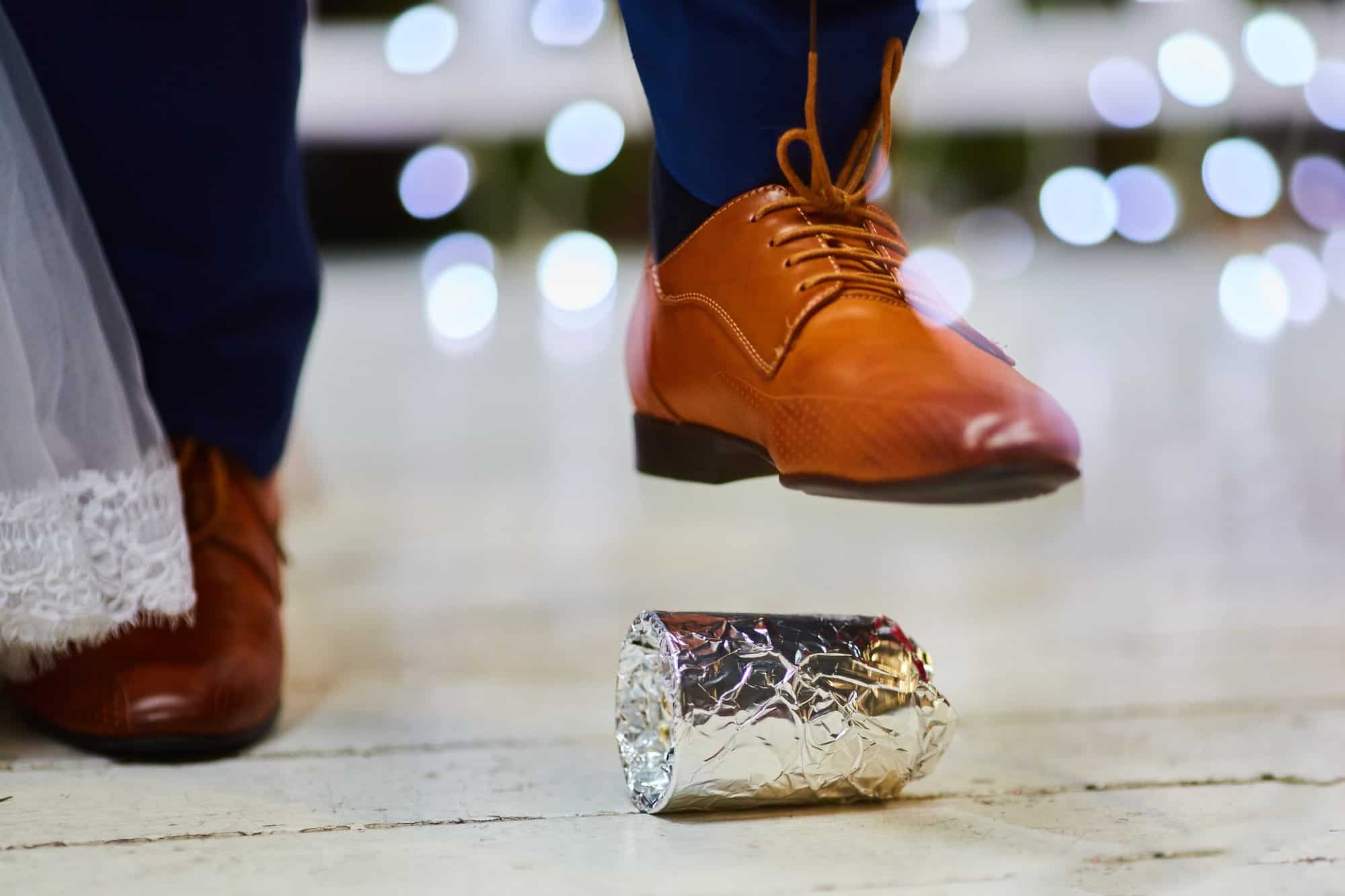Jewish wedding traditions are steeped in history, with beautiful customs and practices that have evolved over time, making Jewish wedding ceremonies a special and unique experience.
But if you’re planning a Jewish wedding, being unfamiliar with some of these traditions can be rather daunting. Even more, how do you take these time-honored traditions and make them part of your special day? The key to this is learning the most popular traditions so you can create a list of must-haves.
Read on to learn more about five time-honored Jewish wedding traditions to consider for your wedding.
1. Signing the Ketubah
The word Ketubah is Hebrew and means “written” or “to write.” It refers to a Jewish marriage contract written in either Aramaic or Hebrew or a combination of both. The Ketubah essentially serves as a binding agreement between the bride and groom.
Traditionally, the Ketubah was a legal document dating back to biblical times. In fact, the earliest surviving Ketubah was found in Egypt and thought to be from 440 B.C.
It was also made from parchment paper and written with ink. During the 16th century, some Jewish communities began decorating Ketubahs with brilliant designs, colors, and symbols.
Today, the Ketubah only serves as a legal document in Israel, and now modern couples list shared values as vows woven within the terms of their marriage. Traditionally, you need two witnesses to sign the Ketubah, but now you’ll see the wedding officiant and the couple signing it instead.
If you want to learn more about this and other aspects of Jewish life and Judaism, this website is a fantastic resource.
2. Breaking of Glass
Breaking the glass is one of the most iconic traditions at Jewish weddings, and even if you’re not completely familiar with its meaning, you’ve likely seen it many times before.
Perhaps one of the most common interpretations is that this act symbolizes the destruction of the Temple in Jerusalem. This occurred during the siege of Jerusalem at the beginning of the First Jewish-Roman War.
The loud noise of smashing the glass is said to scare away evil spirits. It also serves as an important symbol of joy and commitment throughout difficult times.
Breaking the glass even has the practical purpose of serving as a signal to the end of the ceremony, marking a time for celebration. The breaking of the glass involves exclaiming “mazel tov” which means good luck or congratulations.
The glass is specially designed for ceremonies, so it doesn’t pose a safety hazard to anyone.
It’s typically wrapped in a cloth or napkin for protection from flying shards. Many times you’ll see only the groom breaking the glass, but both the bride and groom can break it together.
3. The Chuppah
The chuppah, also known as the huppah, is a beautiful Jewish wedding tradition that symbolizes the home. The chuppah is actually a wedding canopy that represents the presence of God in the couple’s marriage.
It focuses on how God will have a sheltering presence in their lives and home. It also signifies the presence of family and the lack of walls means there is no separation.
The idea of the chuppah began around the 16th century, using portable canopies helped up by four poles. Over time, the chuppah became a Jewish wedding custom.
The covering is typically made from wool, velvet, silk, or cotton. Many people create chuppahs using family heirlooms like an old prayer shall or quilt. The poles are often free-standing and decorated with flowers.
Some chuppahs aren’t freestanding, requiring the family to hold up the poles during the wedding ceremony.
Many couples make their own chuppah, choosing meaningful flowers, materials, and colors. You can also rent chuppas if you don’t have the time to construct your own.
The one rule of chuppahs to remember is that it’s intended to be a temporary structure that must be handmade.
4. Seven Blessings
The seven blessings, also known as Sheva Brachot, are a vital part of any traditional Jewish wedding ceremony. The seven blessings are originally from ancient rabbinic teachings and have been adapted over time. It’s based on the wedding tradition of celebrating a marriage for seven days, which stems from biblical times.
In most ceremonies, the seven blessings are chanted or read in prayer form in both English and Hebrew. You’ll also find there are modern English versions of these blessings. The blessings cover various themes like the creation of the world, humanity, and the survival of Jewish people.
Many couples ask relatives, friends, or wedding guests to read these blessings. The couple will receive the blessings while standing under the chuppah. If the wedding is more traditional, you may see them recited again after the reception.
At some weddings, friends, family, and guests will write their own blessings for the couple. The great thing about this tradition is how versatile it is, and if you’re having an interfaith wedding, you can get as creative as you like.
5. Kiddush Cup
All Jewish holiday meals begin with a blessing that takes place over a cup of wine. Most families have a special goblet or glass designated for this specific purpose. Often this is an heirloom passed down through generations, but the truth is any cup can service this function.
The kiddush cup is referenced in the Bible when Yeshua drank from this cup during Passover, which is where the idea of communion originated from.
You can use the same kiddush cup you have in your family for your wedding. Many people invest in a new kiddush cup to use for all celebrations after the wedding.
During a Jewish wedding, couples will drink from this cup after a blessing is given by friends, relatives, or the wedding officiant, such as the seven blessings. There are different ways you can incorporate this, so don’t be afraid to think outside the box and plan your wedding with a modern twist.
Learn More About Jewish Wedding Traditions Today
This guide is just the beginning of gaining a deeper understanding of Jewish wedding traditions.
Take the time to do more research to thoroughly understand the roots of Jewish wedding traditions. This way you’ll be able to incorporate truly meaningful traditions into your celebration.
Make sure to read more of our blog posts to gain a deeper understanding of Jewish traditions and how they blend with modern trends to create the perfect modern Jewish wedding!

